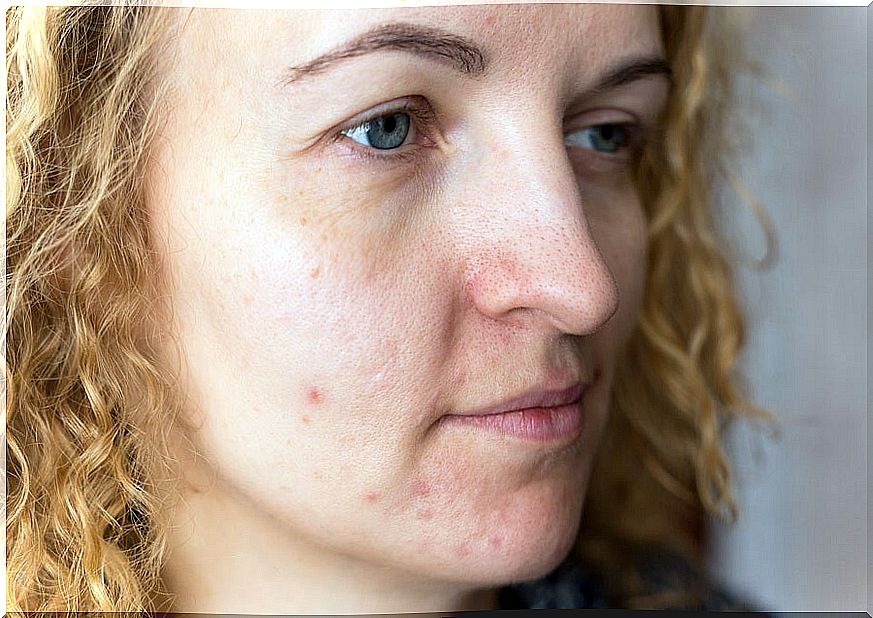Melasma: Everything You Need To Know
Melasma is a skin disease that is also called chloasma or mask of pregnancy. It consists of the appearance of dark brownish spots on the skin that is normally exposed to the sun, especially on the face.
The name of pregnancy mask comes from the fact that melasma is frequently associated with this process. In the same way, it usually appears in women who take contraceptive methods. However, it can affect anyone and last over time.
Its prevalence is difficult to say exactly but, according to studies, it affects between 15 and 56% of pregnant women. Therefore, in this article we explain everything you need to know about melasma, its causes and how to treat it.
Why does melasma occur?
Melasma, as we have mentioned, consists of hyperpigmentation that appears in areas of the skin exposed to the sun. That is, they are darker colored spots that appear mainly on the cheeks, forehead and nose. However, they can be on the forearms, chest, and so on.
These spots are the consequence of an increase in melanin production. Melanin is the pigment that gives our skin its color. Its production can vary depending on many factors, such as the levels of certain hormones.
This explains why it is much more common for melasma to appear in pregnant women or women who take contraceptives. In both situations, there is an alteration in the levels of certain hormones, such as estrogens.

However, we must bear in mind that, although it is less common, this pathology can also appear in men. The truth is that it is a benign condition that does not affect health. Even so, it is true that it can greatly affect the self-esteem of those who suffer from it.
For melasma to develop, there must be a certain genetic predisposition. Aside from hormonal factors, exposure to sunlight has been seen to influence its appearance. Similarly, certain drugs or cosmetics can trigger it.
Types of melasma
The skin is divided into three different areas, according to its depth: epidermis, dermis and hypodermis. There are different types of melasma depending on which area they affect.
- First, we find the epidermal melasma. This affects the most superficial layer of the skin and is characterized by brown spots with well-defined edges.
- The dermal melasma is deeper and the spots are blue-gray in color.
- Lastly, there is combined melasma, which is a mixture of both.

How is it diagnosed and treated?
As it is a skin pathology, the ideal is to always consult a dermatologist so that he can make the correct diagnosis. It is important as it must be differentiated from other skin lesions that may be precancerous.
As we have mentioned, it is something benign that usually disappears on its own. However, it is true that a large part of melasmas tend to reappear. Therefore, treatment must also include preventive measures.
It is recommended to avoid sun exposure and, if you do, always use highly protective sunscreen, whether summer or winter. The sun has been seen to be one of the most influential factors in its reappearance.
Also, there are different treatment options to remove stains. First, you can use drugs in the form of creams, such as hydroquinone, or perform a peeling of the area of the lesions. On the other hand, in some cases laser treatment is used.
However, the doctor should be the one who recommends the most indicated treatment according to the characteristics of each specific person.









